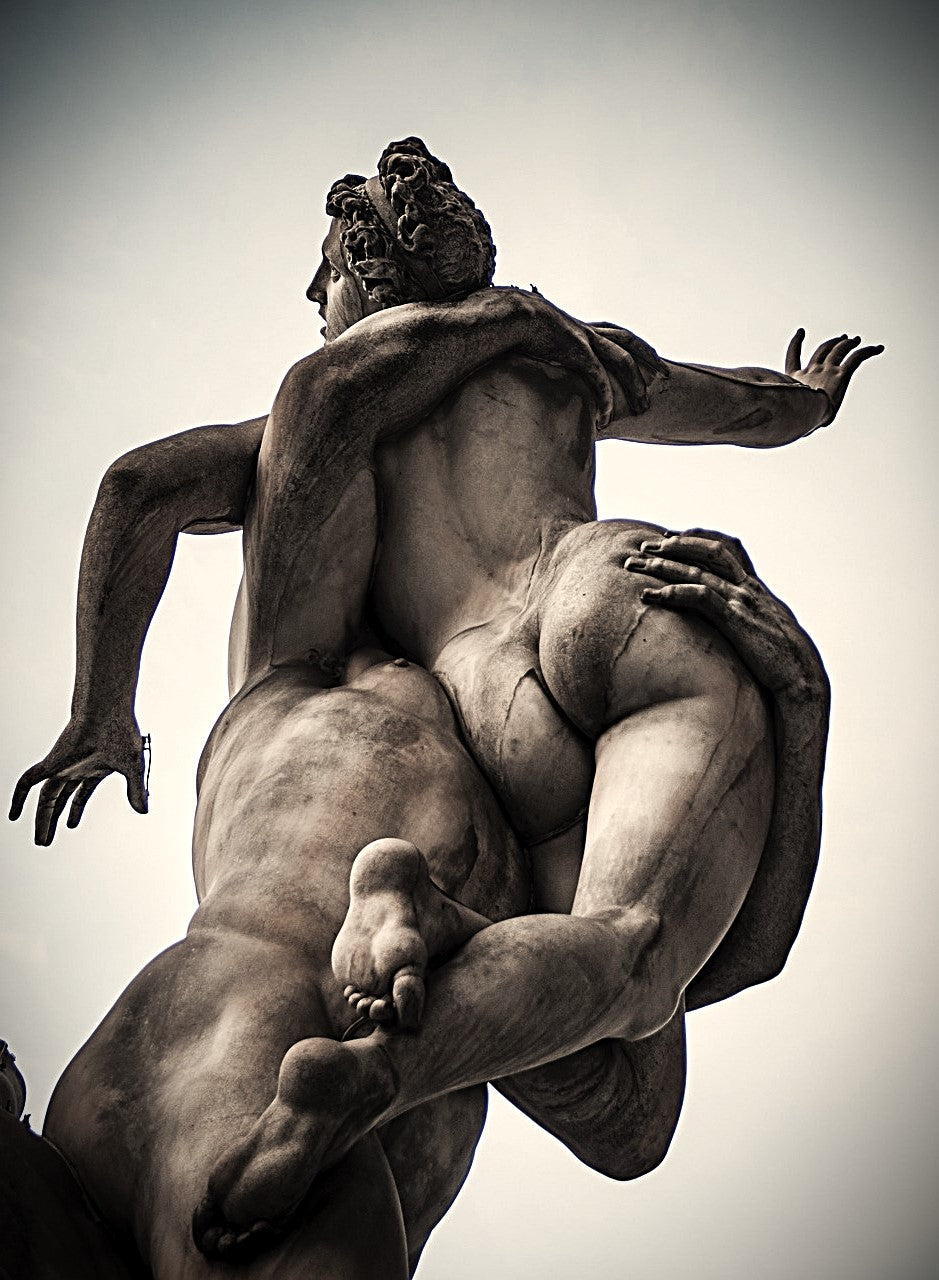Sexual Revolutions Through the Ages

Every generation seeks to redefine sexuality, with some embracing greater freedoms and others leaning towards more modest expressions. However, the scope for true innovation is limited. Most sexual practices and arrangements have been explored across history, including those that might seem uniquely modern—such as transgenderism, which archaeological evidence suggests dates back to ancient times, possibly as far as the Neolithic era.
Yet, genuine sexual revolutions do not emerge from a vacuum; they typically arise when societies are poised for transformation. These shifts are often catalyzed by significant events, like pandemics. For instance, the recent rise in sexually transmitted diseases, including the resurgence of rarer infections like syphilis, reflects a notable change in sexual behavior patterns, similar to the societal shifts observed during the Renaissance following the plague.
Renaissance: A New Sexual Imagination
To grasp the sexual dynamics of the Renaissance, it is essential to consider the regulations of the Middle Ages, where sex was confined to marriage, reproduction, and devoid of pleasure, often conducted with clothes on. Despite these restrictions, sex was, in some respects, more naturally integrated into daily life during the medieval period, especially among common folk.
Medieval people, living predominantly in rural settings, were regularly exposed to animal mating, rendering sex less mysterious. Additionally, the communal living arrangements in large, single-space households likely exposed individuals to sexual activity from an early age, fostering a straightforward understanding of the act.
The late Renaissance, however, marked a departure from this simplicity as urban populations grew, and housing arrangements in Europe changed, with more divided spaces and closed doors. This shift likely contributed to the increasing mystique surrounding sex, prompting an artistic obsession with the naked body and sexuality. Coupled with a newfound appreciation for life following the massive mortality of the Black Death, this period reimagined sex as a joyful expression of romantic love and life, rather than a sinful, necessary act of reproduction.
A Male-Dominated Revolution
The sexual aspect of the French Revolution, much like its social and political dimensions, is complex. While the narrative often suggests that liberation from clerical norms laid the groundwork for modern secular life and liberal sexual attitudes, the reality is far more nuanced.
Historical records indicate that pre-revolutionary France already afforded young people considerable freedom in expressing romantic affection, with public displays of affection and some sexual acts being relatively common and accepted. The primary exception was penetrative sex, which, due to the risk of pregnancy, was strictly regulated to avoid serious social consequences.
However, the Revolution's focus on individual rights introduced consent into the sexual discourse, which paradoxically led to negative consequences for women. Unwanted pregnancies, once a shared concern, became a burden solely borne by women, who were often left without legal protection and faced with societal blame. As a result, young men increasingly shirked responsibility for pregnancies, leaving women to navigate the risks of poverty, social stigma, and life-threatening illegal abortions.
20th Century Sex: The Emergence of Choice
This historical context helps explain the sexual revolution of the 20th century. In a rapidly changing, increasingly secular world marked by political volatility and emerging social movements, scientific advancements enabled women to gain more control over their reproductive choices.
Technological and medical breakthroughs, particularly the development of safe, affordable, and accessible methods of contraception and pregnancy termination, fundamentally altered the power dynamics of sex. The birth control pill, in particular, was revolutionary, allowing women to control their reproduction independently for the first time. This shift in power, however fragile, paved the way for the unrestrained pursuit of romance and pleasure that characterizes modern sexuality in many parts of the world.
